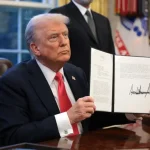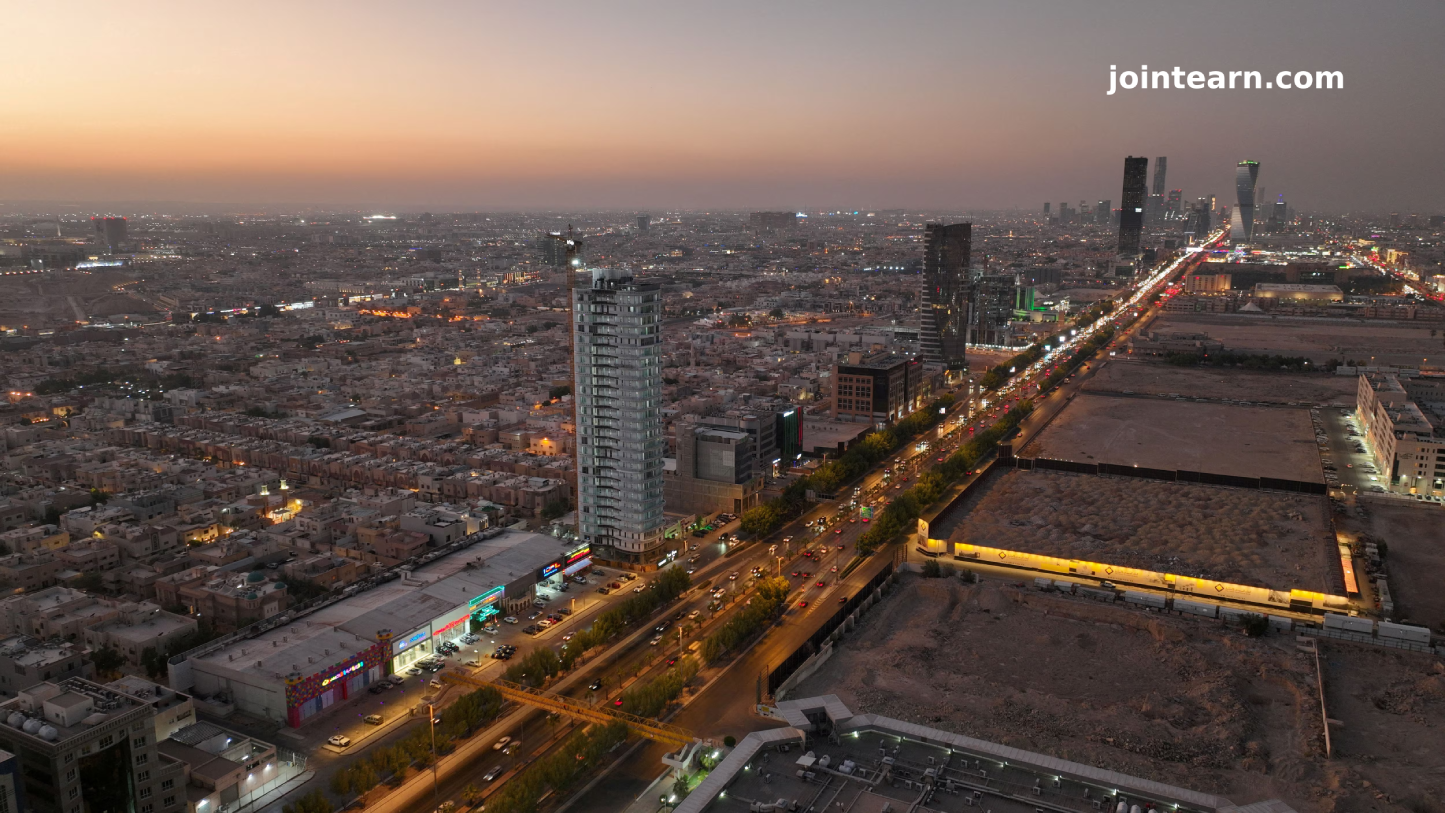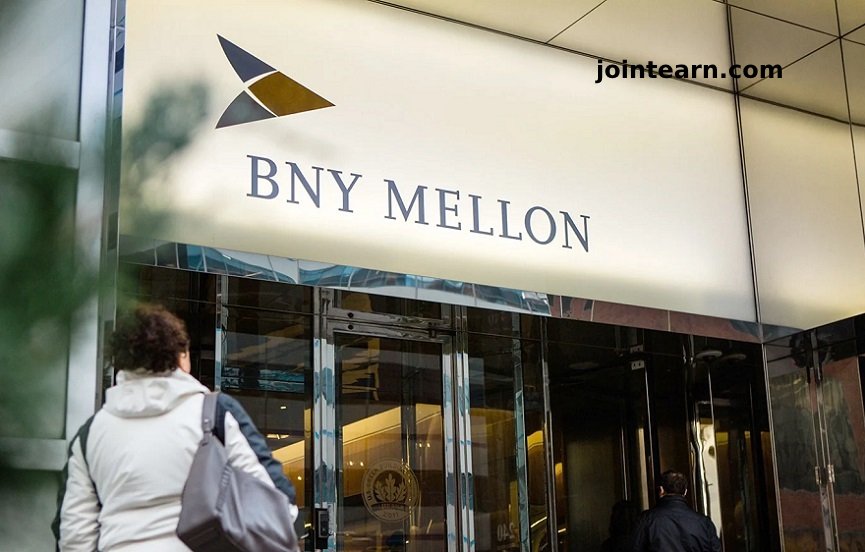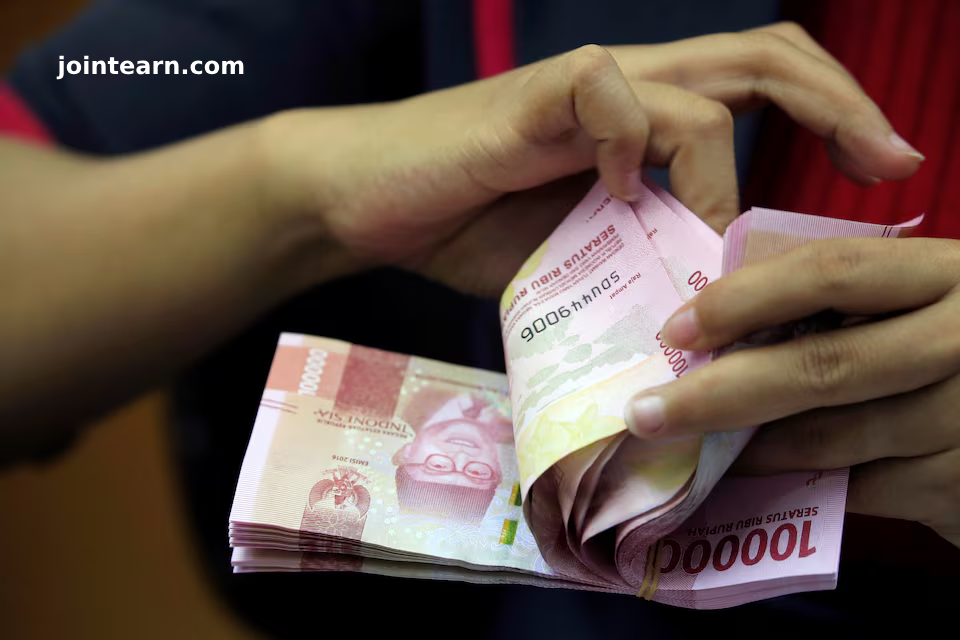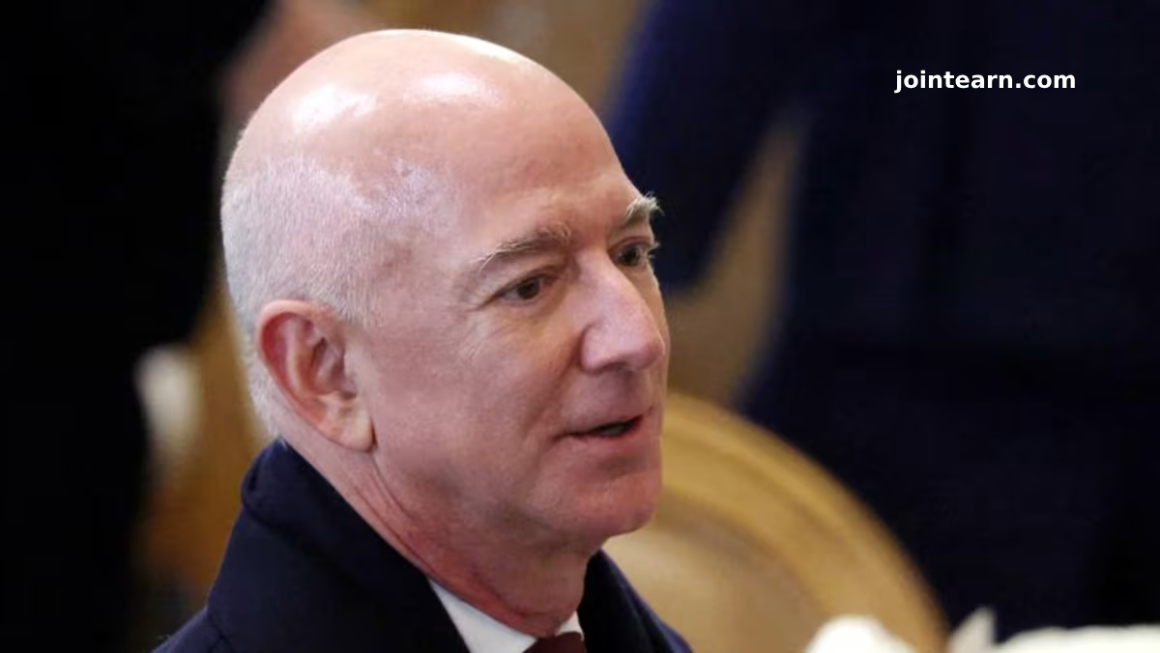The International Monetary Fund (IMF) has cautioned that Middle East and North African (MENA) economies face mounting pressure in 2025 due to a combination of lower oil prices, global tariff hikes, and a decline in foreign aid flows.
In its regional economic outlook, the IMF forecasts MENA GDP growth at 2.6% for 2025, up from 1.8% in 2024. However, risks tied to U.S. tariff policy, volatile energy markets, and reduced international assistance threaten to derail progress, potentially cutting growth by 2% to 4.5%, according to Jihad Azour, the IMF’s Director for the Middle East and Central Asia.
Key Economic Pressures: Tariffs, Oil Prices, Aid Decline
The report highlighted that Brent crude oil—a cornerstone of Gulf economies—is expected to average just $65–$69 per barrel in 2025–2026, well below its 2022 peak of $120. This price dip leaves oil-exporting nations exposed to external shocks.
Tariffs imposed by the U.S. under President Donald Trump, along with wider geopolitical tensions, are also clouding the global trade environment, adding to the region’s vulnerability.
Azour emphasized the need for proactive policy: “Countries need to react and devise strategies to protect their economies,” he said during remarks in Dubai.
Foreign Aid Cuts Add to Fragility
The report also warns of growing strain on fragile states in the region as foreign aid declines, particularly with the U.S. stepping back from its traditional role as the top global donor. “The drop in international assistance is creating new risks,” Azour said.
Diverging Trends Across MENA
While Gulf nations continue to enjoy robust foreign direct investment (FDI)—up by nearly 2% of GDP since the pandemic—other MENA countries are seeing sluggish capital inflows, further deepening the economic divide.
The IMF expressed willingness to work with Lebanon, Syria’s transitional leadership, and other struggling nations. In Syria’s case, Azour said rebuilding will demand a “comprehensive program” including infrastructure development, refugee resettlement, and institutional reform.
Policy Solutions: Diversification and Reform
Despite headwinds, the IMF report noted that MENA countries have opportunities to bolster resilience by advancing structural reforms, expanding non-oil sectors, and diversifying trade partnerships.
Key Takeaways:
-
IMF MENA economic outlook 2025 forecasts modest growth but warns of downside risks
-
Oil price volatility could weaken growth in energy-exporting Middle East nations
-
Trump tariffs’ global impact reaching MENA through trade disruptions
-
Foreign aid cuts pose a challenge for fragile and post-conflict states like Syria and Lebanon
-
Gulf states benefit from higher FDI, while others lag behind

